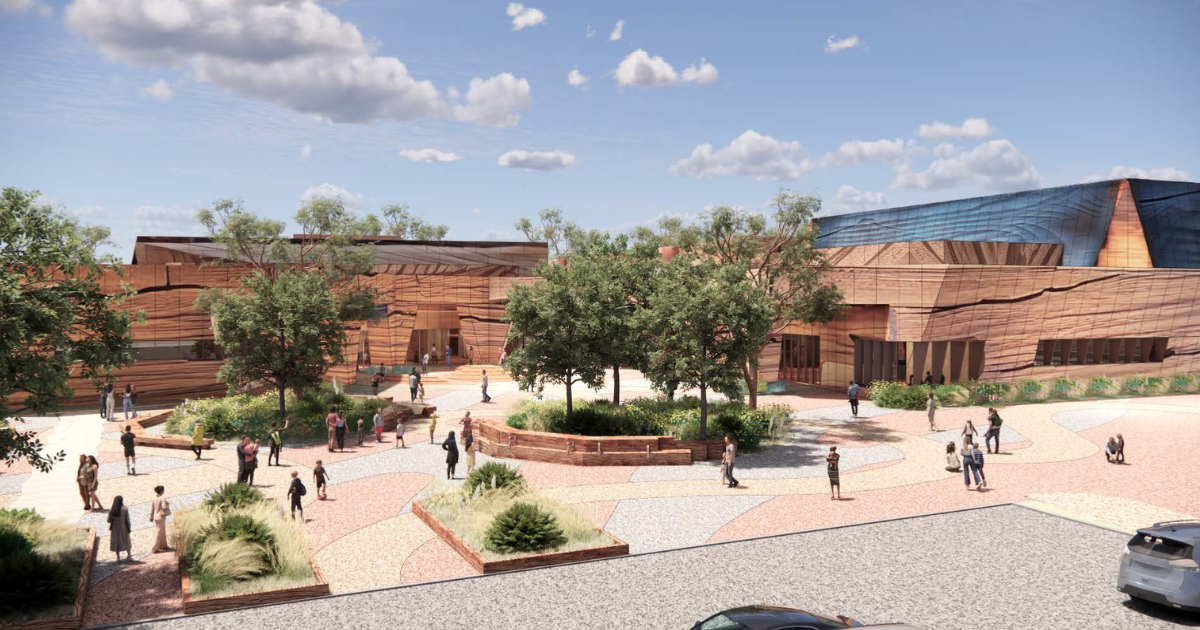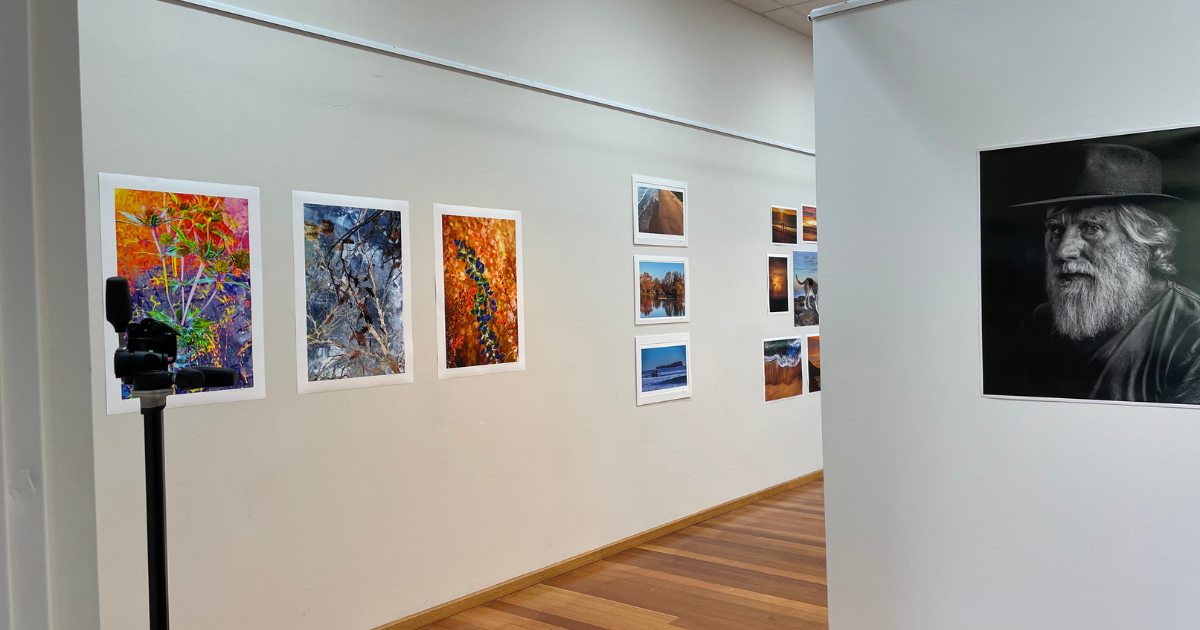Exciting discovery of Otways marsupial mouse

Otways ecologist Barbara Wilson has decades of experience studying Surf Coast wildlife. Photo: FERNE MILLEN
A SURPRISING wildlife discovery near the Great Ocean Road has raised hopes for the survival of a native Surf Coast mammal.
Dr Barbara Wilson and her team of dedicated ecologists successfully captured footage of the rare swamp antechinus at three locations near Aireys Inlet’s Painkalac Creek during a recent research project.
The swamp antechinus is a native, endemic Australian marsupial that resembles a mouse.
It grows grows up to 30 centimetres long, weighs between 40 and 129 grams and has short, dense fur.
The miniature mammals were previously plentiful in the Otways, but long-term climate impacts such as from drought meant researchers had sparsely spotted them since the turn of the century.
Dr Wilson said the recent discovery was a positive sign for the species, and affirmed recent conservation efforts at the Aireys creek.
“We put the cameras up the sand dunes right up the Painkalac Valley to lot two, and we found locations of three of the rare Swamp Antechinus, close to the sand dunes and the outlet to the Painkalac Creek,” Dr Wilson said.
“It’s very important data, because my long-term work shows the swamp antechinus has declined significantly in the Otways. So finding three of them on camera is very encouraging.”
The marsupials prefer wet environments and have previously been most populous during periods of high rainfall.
Dr Wilson said the next stage of the project would attempt to trap an antechinus for the first time since the early 2000s and gauge how many of the marsupials are living near Aireys Inlet.

Dr Wilson is an adjunct professor at Deakin University and is a renowned scientist for her extensive studies into Surf Coast habitats.
Her current research was part of the Wild Otways initiative – a joint project between the federal government and Corangamite Catchment Management Authority to help preserve small mammals and deliver other environmental projects.
The most recent find came after uncertainty about the species’ status in the Otways. Studies in the wake of the millennium drought, between 2013 and 2017, found little to no sightings of the antechinus.
Previous conservation projects have partnered local ecologists with state agencies including DELWP and Parks Victoria to map known refuges.
Dr Wilson said she looked forward to continuing the project, which protected the Surf Coast’s unique environmental values.
“Many people in the area have a real passion for flora and fauna, that’s why they live in the area,” she said.
“But it’s very difficult for them to understand about these native mammals because they’re nocturnal and small – so no one sees them.
“That’s why I play my role, to let people know and show them photos and tell them about it.”


















